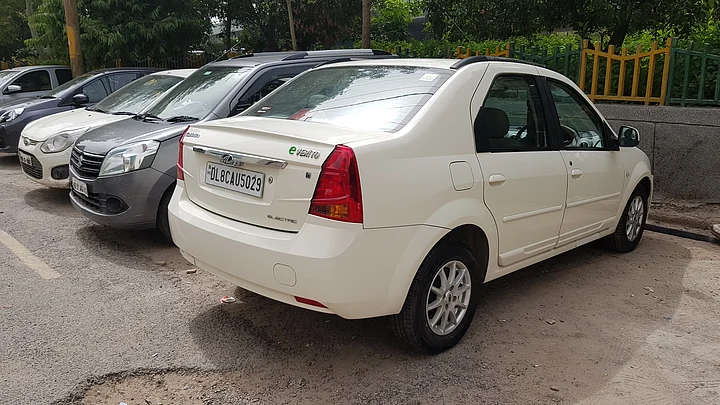With a lockdown in most parts of India, not many are stepping out of their houses or using their cars and bikes. While that's a good thing to control the spread of a pandemic, if this lockdown continues for more than a few weeks, cars and bikes are going to need attention as well.
Most new cars and bikes won't really have any problems if not used for up to a month. However, older ones will likely face some maintenance issues. It's not just with the batteries, but also with rust and fungus issues if one lives in a high-humidity or coastal region or places with a lot of rainfall.
Here are some of the common issues and how to deal with them.
Dead Batteries
If the battery in your car or bike is over three years old, chances are it won't be able to hold a charge for as long as it used to. If a car or bike is left unused for many weeks, the battery could die. Many cars use some amount of power even when parked to power the central locking or security system.
To prevent this, if you know that the vehicle is not going to be used, one can disconnect the battery. To do this, locate the battery in the vehicle, loosen the terminals and disconnect them from the battery. That should be enough to prevent it from draining.
If the battery is dead it will need to be jump-started. To do that you will need a donor car or bike with a charged battery and jumper cables.
Steps to Jump-Start Your Vehicle
- Start the healthy vehicle and keep it running.
- Connect the positive terminal of the healthy vehicle to the positive of the dead vehicle with the jumper cable.
- Connect the negative terminal of the healthy vehicle to a metal bolt on the dead vehicle (to avoid sparking over the battery).
- Start the dead vehicle and disconnect in reverse order.
Surface Rust
If you live in are of high rainfall or humidity and your vehicle is parked out in the open, chances are some exposed metal parts will begin to show signs of rust. This can lead to larger corrosion issues if not taken care of.
Rust can be prevented. Before parking the vehicle for a long time, it should be thoroughly cleaned and a coat of wax polish applied. Apply an anti-rust spray (such as WD40 or Zorric) to joints, nuts and bolts to get rid of moisture.
Get a water-proof cover if possible. If not, then have someone clean the vehicle every few days to prevent dust build-up, as it can trap moisture and lead to rusting.
Fungus Issues
Besides rusting, another big issue with vehicles that are parked for a long time in humid conditions is the growth of fungus on leather and rubber surfaces. The white, powdery appearance of fungus can make the vehicle smell and cause health issues for people who use it.
Before storing a vehicle, clean the interiors and sprinkle some anti-fungal powder on carpets etc. Don't worry, this can be vacuum cleaned later. Use a good quality leather polish on seats. And put in a pouch of dehumidifying compounds such as Absorbia or Silica Gel in the vehicle.
Jammed Brakes
If a car or bike is parked for a long time, the brakes can also face issues. In cars, parked with the handbrake applied for a long time, the brake pad can jam with the disc or as more often the case with drum brakes – the brake shoes get jammed to the drum. This happens with vehicles that have been used a lot as brake dust builds up. In humid conditions, this can lead to jamming of the brake.
If the brake seems jammed, it will be difficult to move the vehicle or you will hear, squealing noises. To free it up, gently but firmly tap the brake callipers or brake drum with the back of a screwdriver or hammer. Then spray some lubricant such as WD40 on the calliper pin (not the disc).
Cars and bikes that have not been used for more than six months are likely to see degradation of the oils and greases in them. If the vehicle is used after that it will need to be serviced first, replacing oil and coolant if needed.
